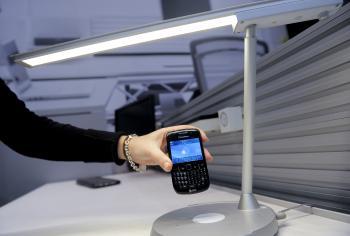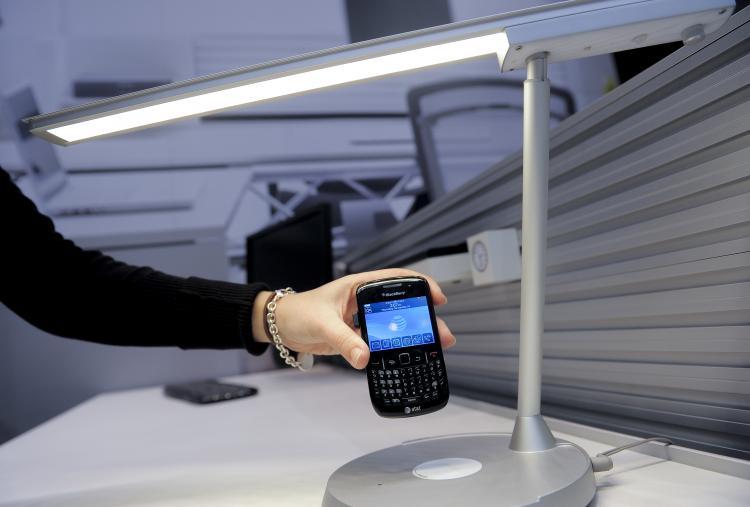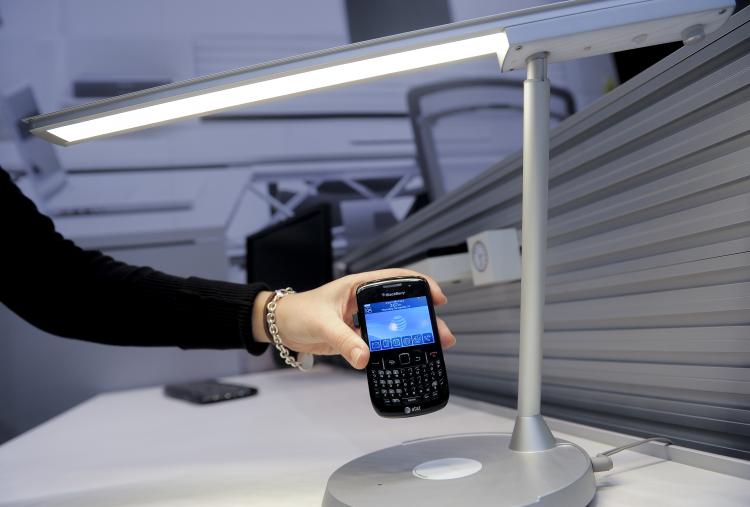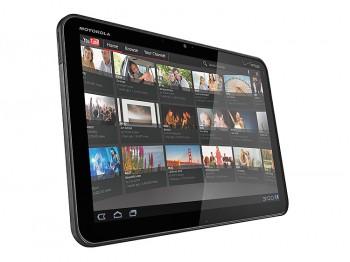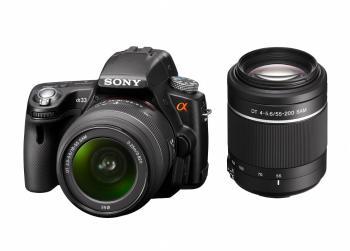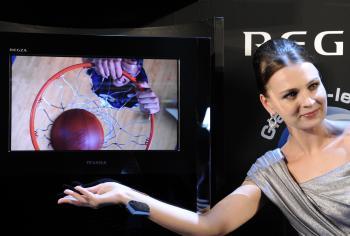One of the biggest hassles of owning our beloved portable electronics is the multitude of chargers we have to lug around to keep them powered. We dream of the day when a standard charger will work for all of our electronic devices without having to plug in any wires.
That day is already here, to a degree, with innovations in wireless power technology using the principal of near-field magnetic induction. A few wireless charging products have already been launched and a few more are in the development pipeline.
Two very similar products that are currently available are the Powermat and the Energizer Inductive Charger. They come in two parts: a flat surface charger and a receiver that takes the form of a special sleeve, battery cover, or back panel that is fitted onto your mobile device. Charging is done simply by placing the mobile device on top of the charger.
The main disadvantage of the above products is that the fitting of the wireless charging receiver adds bulk to mobile devices, and it permanently blocks the charging port that usually doubles as the data communication port.
Fortunately, since the founding of the Wireless Power Consortium, a universal standard for inductive charging called Qi has been established to ensure interoperability between wireless charging devices from different manufacturers.
Sanyo is working on battery packs with a wireless charging receiver built in that will work with any Qi charger, such as the Energizer Inductive Charger. This is a great move as with these batteries, no changes will be needed on existing mobile devices to make them charge wirelessly.
With more manufacturers adopting Qi, it may not be long before we are able to enjoy the freedom and convenience of charging our gadgets at any public places that provide standard wireless chargers.
That day is already here, to a degree, with innovations in wireless power technology using the principal of near-field magnetic induction. A few wireless charging products have already been launched and a few more are in the development pipeline.
Two very similar products that are currently available are the Powermat and the Energizer Inductive Charger. They come in two parts: a flat surface charger and a receiver that takes the form of a special sleeve, battery cover, or back panel that is fitted onto your mobile device. Charging is done simply by placing the mobile device on top of the charger.
The main disadvantage of the above products is that the fitting of the wireless charging receiver adds bulk to mobile devices, and it permanently blocks the charging port that usually doubles as the data communication port.
Fortunately, since the founding of the Wireless Power Consortium, a universal standard for inductive charging called Qi has been established to ensure interoperability between wireless charging devices from different manufacturers.
Sanyo is working on battery packs with a wireless charging receiver built in that will work with any Qi charger, such as the Energizer Inductive Charger. This is a great move as with these batteries, no changes will be needed on existing mobile devices to make them charge wirelessly.
With more manufacturers adopting Qi, it may not be long before we are able to enjoy the freedom and convenience of charging our gadgets at any public places that provide standard wireless chargers.
